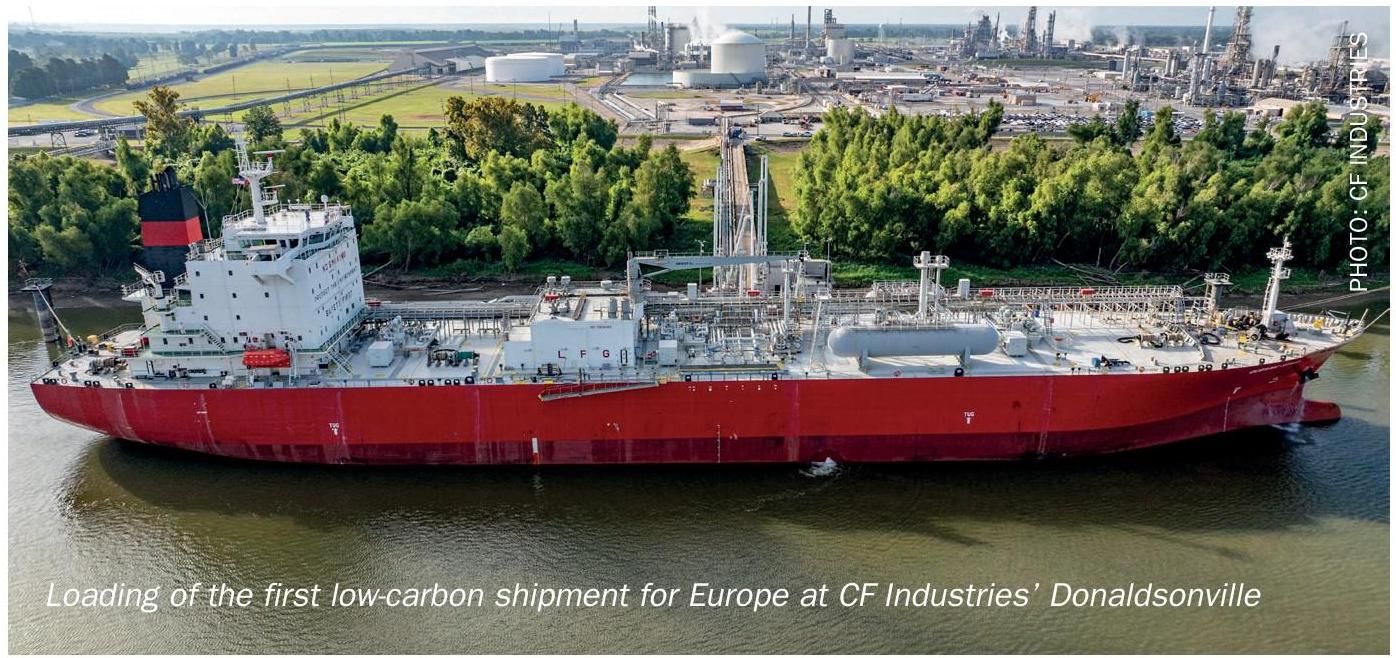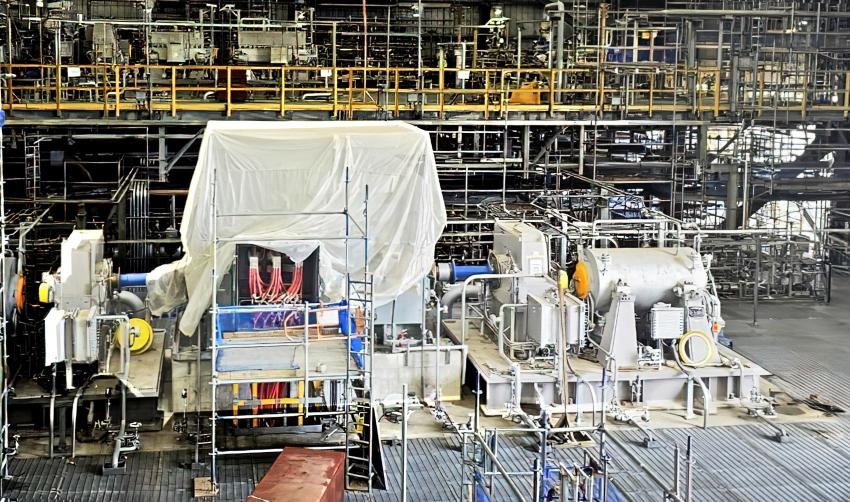Nitrogen+Syngas 395 May-Jun 2025

3 May 2025
EC starts tracking of industrial chemicals
The European Commission (EC) says it has begun tracking European imports of certain ethylene and ammonia products, to allow it to react quickly to level the playing field if the monitoring points to a surge of imports causing or threatening to cause injury to the EU industry. This surveillance has been put in place in response to evidence of a significant and potentially injurious increase in the EU market share of imports of the chemicals. It covers imports of copolymers of ethylene and alpha olefin, urea containing more than 45% (by weight) of nitrogen, and ammonium sulphate from all countries, and should remain in place for a period of three years.
The EC is also considering tariffs on Russian fertilizer imports into the EU, including via Belarus, with a vote in the Trade Committee expected in May, followed by a vote in the European Parliament in June before final approval by the European Council. The tariffs on nitrogen-based fertilisers would increase over a transition period of three years and aim to support EU domestic production of fertiliser. EU production reached only 14 million t/a in 2023, down from an average of 18 million t/a in the previous 5 years.






